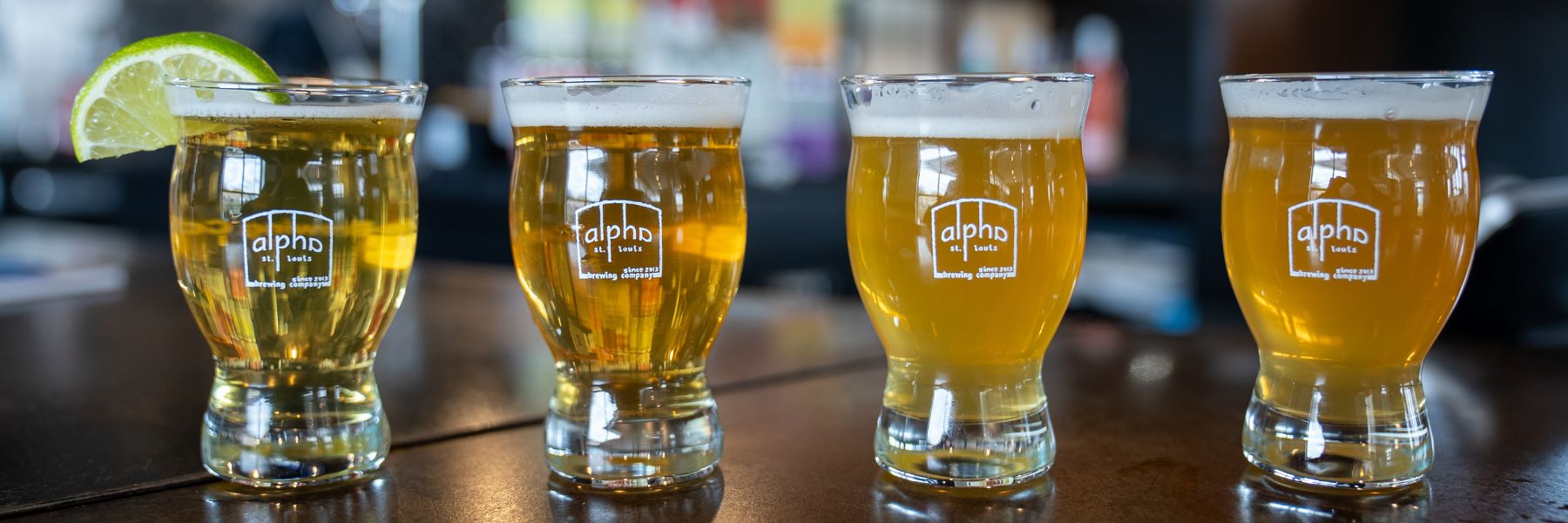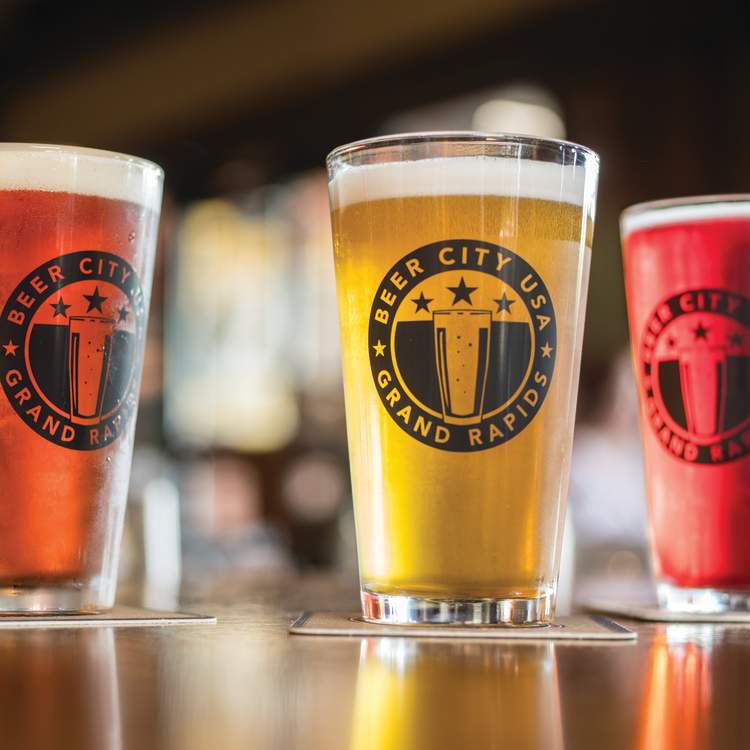Galveston Liquor Shops: Find Your Fave Moods and Much More
Galveston Liquor Shops: Find Your Fave Moods and Much More
Blog Article
Distillery Dynamics Revealed: a Journey Via the Science and Art of Spirits Production
As the drapes are drawn back on the complex globe of distillery characteristics, a fascinating world arises where science and art converge to create the spirits we savor. The marriage of tradition and innovation in spirits production introduces a tapestry woven with strings of craftsmanship and technological advancements.
The Chemistry of Distillation
The chemistry of distillation, a basic process in the production of spirits, includes the splitting up of parts based on their various boiling points. This distilled liquid, understood as the "heart cut," consists of the wanted alcohol web content and taste substances.
During distillation, 3 main portions are gotten: the "heads," which consist of volatile compounds and greater alcohols that can be harmful if eaten in big amounts; the "hearts," the prized part with the desired ethanol and flavor profile; and the "tails," which include larger substances and fusel alcohols. Experienced distillers have to very carefully monitor the temperature level and circulation prices to divide these fractions properly, guaranteeing a high-grade end product. The chemistry of purification is a delicate interplay of heat, evaporation, and condensation that changes a straightforward fluid mixture into a complex and refined spirit.
Artisanal Workmanship in Spirits Making
Among the world of spirits manufacturing, artisanal workmanship plays a critical function in boosting the top quality and character of distilled beverages (Seawall Bar). Artisanal craft distillers concentrate on small, hands-on manufacturing methods, usually making use of conventional strategies that have actually been passed down through generations. These committed craftsmen and women focus on high quality over amount, paying meticulous focus to every step of the purification process
Artisanal craftsmanship in spirits making entails a deep understanding of the raw products utilized, such as botanicals, fruits, or grains, and just how their attributes influence the end product. From choosing the finest components to meticulously keeping track of aging, purification, and fermentation, artisans infuse their spirits with passion and proficiency.
In addition, artisanal craft distillers commonly welcome trial and error and advancement, pressing the borders of standard spirits production. They might introduce one-of-a-kind taste accounts by incorporating locally sourced components or utilizing innovative aging methods. This commitment to imagination and quality results in spirits that are not just of phenomenal top quality however also showcase the virtuosity and originality of the distiller.
Developments in Aging Techniques

One famous advancement obtaining grip is the use of smaller barrels for aging spirits. By boosting the surface area-to-volume proportion, smaller sized barrels impart tastes more quickly, resulting in a more extreme maturation process. This strategy is particularly popular among craft distillers seeking to produce high-quality spirits in a much shorter timeframe.
Additionally, distillers are significantly turning to alternative timber kinds, such as cherry or acacia, to give unique tastes to their aged spirits. These unusual woods provide a special taste profile, setting their items apart in an affordable market.
In addition, innovations in modern technology have actually made it possible for distillers to check out accelerated aging methods, such as ultrasound or temperature level and stress variants. These techniques enable exact control over the aging procedure, leading to ingenious taste accounts that press the limits of conventional spirits production.

The Duty of Yeast in Fermentation
A necessary component of the fermentation process in distilling is the function played by yeast. Yeast, a single-celled microorganism, is vital in converting sugars right into alcohol and carbon dioxide throughout fermentation. In the context of distilling spirits, yeast plays an visit this site right here essential function in the production of ethanol, which is the main alcohol in the majority of alcoholic drinks.
Yeast achieves this via the procedure of anaerobic respiration, where it metabolizes sugars such as sugar and fructose right into ethanol and co2. Different pressures of yeast can impart unique flavors and scents to the final spirit, adding to the complexity and personality of the distilled product. Distillers meticulously pick yeast strains based on their wanted taste profile and fermentation qualities.
The fermentation procedure can last anywhere from a few days to a few weeks, relying on variables such as yeast temperature level, sugar, and pressure material. Tracking and controlling the fermentation process are necessary to guarantee ideal yeast activity and alcohol production. In general, yeast is an essential player in the alchemical change of raw active ingredients into the spirited elixirs enjoyed by consumers worldwide.
Sustainable Practices in Distilleries
Distilleries are increasingly recognizing the value of adopting eco-friendly procedures throughout the manufacturing process. Distilleries call for substantial amounts of water for numerous phases of production, and executing water recycling systems or utilizing rain harvesting methods page can significantly minimize water use and reduce the distillery's overall ecological footprint.
In addition, sustainable power resources are acquiring grip in the distilling world. Several distilleries are investing in renewable power technologies such as photovoltaic panels or biomass boilers to reduce reliance on non-renewable power sources and lower greenhouse gas discharges. In addition, waste administration practices play a crucial duty in sustainable distillery operations. Distilleries are exploring cutting-edge means to repurpose byproducts such as invested grains or distillation deposits, turning waste into sources through approaches like animal feed production or composting. By embracing lasting techniques, distilleries can not just reduce their ecological effect but likewise interest eco mindful consumers and add to a more lasting future for the market.
Final Thought
In verdict, the intricate characteristics of distillery click over here now procedures entail a combination of clinical concepts and imaginative workmanship. From the chemistry of purification to the function of yeast in fermentation, distilleries are constantly innovating and trying out to produce top quality spirits. By integrating sustainable techniques and accepting brand-new aging techniques, distilleries are shaping the future of the industry. The combination of tradition and advancement in spirits manufacturing highlights the intricacy and imagination included in this ancient craft.
As the drapes are attracted back on the detailed globe of distillery characteristics, a fascinating world emerges where science and art merge to develop the spirits we savor.The chemistry of purification, a fundamental procedure in the manufacturing of spirits, involves the separation of parts based on their different boiling points.In addition, artisanal craft distillers typically embrace trial and error and development, pushing the limits of traditional spirits production. In the context of distilling spirits, yeast plays a pivotal function in the production of ethanol, which is the primary alcohol in most alcoholic drinks.
From the chemistry of purification to the function of yeast in fermentation, distilleries are regularly experimenting and innovating to develop high-quality spirits.
Report this page